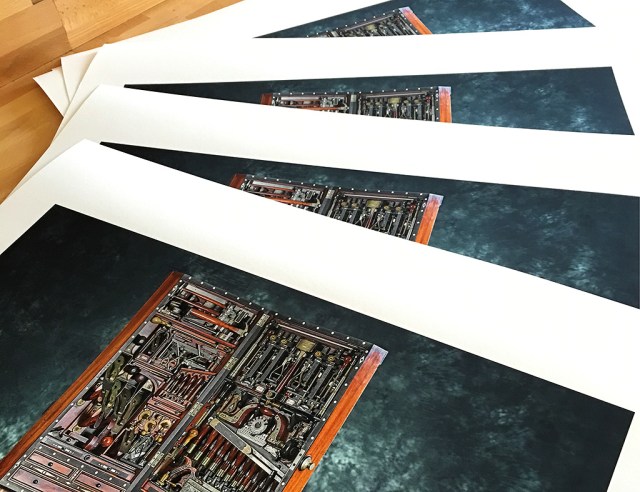
There is great power in naming things, but there is also violence.
A few years ago I was driving to dinner with a fellow furniture maker, and he asked me this question: “Do you consider yourself a writer or a woodworker?”
I hate this question, but I also hate looking like a wanker.
I replied, “I’m a writer who builds furniture.”
“Ah!” he said. “You said the word ‘writer’ first. So that’s more important to you?” He raised the tone of his voice at the end of the sentence like it was a question. But it wasn’t.
So I bristle a bit when people tell me what I am and what I am not. At times I build cubbyholes, but I won’t be put into one. After writing “The Anarchist’s Tool Chest” in 2011, a fair number of blowhards declared that I wasn’t an anarchist. Anarchists, they explained, are explicitly anti-capitalist. They seek to overthrow the government. They embrace violence.
Saying that you have to be committed to violence to be an anarchist is like saying you have to oppress Africans to be a Christian, or you have to own a gun to be an American. It’s nonsensical.
The truth is, I barely discuss my beliefs about the world in “The Anarchist’s Tool Chest” and “The Anarchist’s Design Book.” There might be only two or three people in this world who have heard my unfiltered thoughts on how the world works, and I plan to keep that number in the single digits as long as I live.
Do I have problems with authority – liturgical, corporate and governmental? Absolutely. Do I routinely disregard laws and mores because I think they’re at odds with human decency? You bet. Am I going to write about my behavior in a book that is already quite difficult to ship to military bases because of its title?
Do you think I’m stupid?
So if I don’t espouse the full details of my personal belief system, why bring up anarchism at all? Two reasons.
It’s the right word to describe me. I’m an anarchist and here is a book about my tool chest. Here is a second book of my furniture designs. Beyond those simple declarations, the goal of the books is to point to a path that doesn’t get discussed much in Western society.
During my training as a journalist we were urged to tell “both sides of every story.” After working as a journalist, the problem I discovered was that there are usually about a dozen sides to every story. It’s just that most of those ideas aren’t discussed at the country club.
Ideas such as: Organizations dehumanize and homogenize us. Modern production methods enslave us to a cycle of making nothing and consuming everything.
But these ideas, which I discuss in both books, are only starting points. If you have a brain it’s easy to see where the trail head leads. Like working with hand tools, it can be a difficult path to travel, but it can take you almost anywhere.
The second reason I couch these simple ideas inside work-a-day books on tools and building furniture is that I refuse to become part of the circle-jerk clique of writers who obsess on discussing Craft, its Demise and How to Fix Things.
In my 25 years of hanging out with woodworkers, I’ve never once heard someone say: “I just finished reading David Pye’s ‘The Nature and Art of Workmanship,’ and now all I want to do is carve bowls.” It just doesn’t happen.
Don’t get me wrong. Discussing craft is important. I just don’t think you should talk about it much until you have done it – a lot.
The solution to “fix” everything – for lack of a better word – is not in words. It’s in your fingers. Pick up the tools, and the answers to these questions will become apparent. Make something, and you will understand more about craft than all of the books written about its doom.
Yesterday I had a tape measure clipped to my pants pocket, and a young woman in a store asked me what I did for a living. When I told her I made furniture, she gushed at length about how that was all she’d ever wanted to do. As a child she built all of her Barbie furniture. Now she watched television programs and read books about woodworking every night, but she didn’t want to go back to school to train as a furniture maker.
“You don’t have to go back to school,” I told her.
“But how will I learn it?” she asked.
“By doing what you did when you were a little girl: Pick up the tools and use them.”
Every word I write is aimed at one thing: To make you crazy to pick up the tools. They are the answer to everything that’s wrong with our lives and with our world. With tools you can fix things. You can make things. You can escape from a job that is slowly killing you.
With tools you can build a life that doesn’t depend on your next annual review and whether or not you managed to wear out the knees in your pants while groveling for a raise.
I don’t care if you call that anarchism or not. In fact, I recommend that you don’t.
So stay tidy. Be friendly. Build things instead of buying them. You’ll know what to do next.
— Christopher Schwarz
Like this:
Like Loading...






